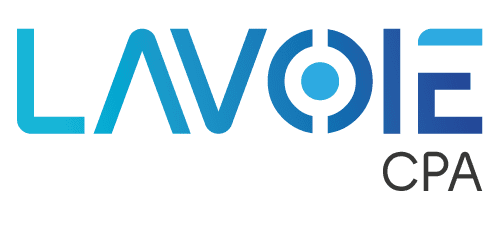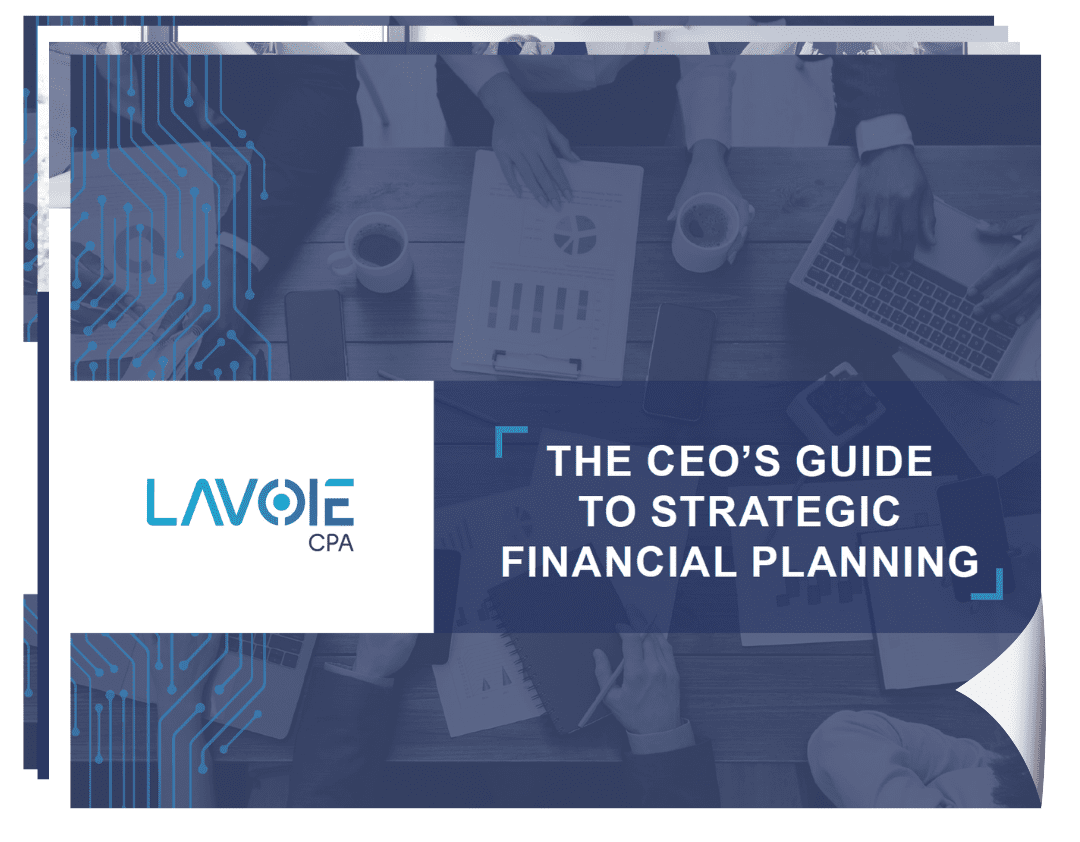
Leveraging Financial Tools and Strategic Discipline to 10x Your Company’s Valuation
Every business aspires to grow exponentially, but only a few unlock the formula to multiply their valuation by 10x. At Lavoie CPA, we specialize in transforming financial operations into engines of hyper growth. Achieving a 10x increase in valuation isn’t just about scaling revenue; it’s about building a foundation of efficiency, accuracy, and strategic foresight.
Here’s how modern financial systems, disciplined processes, and advanced accounting tools like Sage Intacct can help your company achieve this ambitious goal.
Having a 10x Mindset
To drive scale and efficiency, business owners must focus on sustainable growth, optimize financial operations, and build infrastructure that can support a rapidly increasing number of transactions and data. This hinges on four pillars:
- Connected Financial Systems
- Data-Driven Decision-Making
- Operational Discipline
- Investor-Grade Reporting
By integrating these elements, businesses position themselves for scalable growth and reporting, which are key traits that attract premium valuations, similar to companies like Zoom and Airbnb. To better understand what attracts investors, consider exploring The Top 10 Traits That Attract Investors To Your Startup.
1. Connected Accounting and Budgeting: The Backbone of 10x Growth
Disconnected financial systems create inefficiencies that stifle growth. Modern accounting ERPs like Sage Intacct unify accounting, budgeting, and forecasting into a single source of truth.
How It Supports Growth:
- Real-Time Visibility: Automate data flow with other systems (e.g., payroll, accounts payable, revenue systems) to eliminate manual errors and delays.
- Scenario Planning: Use predictive analytics to model growth scenarios and allocate resources strategically.
- Scalability: Cloud-based platforms adapt seamlessly as your business expands.
2. KPI Metrics and Tracking: Turning Data Into Action
Growth without measurement is guesswork. To achieve 10x growth, companies must track KPIs that align with valuation drivers, such as:
- Lifetime Value (LTV) to Customer Acquisition Cost (CAC) Ratio
- Cash Burn Rate vs. Revenue Growth
- Gross Margin Efficiency
- Revenue Per Customer/Patient
By monitoring these metrics, leadership teams can pivot quickly and double down on high-impact initiatives. For instance, Airbnb achieved significant valuation milestones through effective KPI tracking. In fact, Airbnb’s remarkable journey demonstrates how strategic funding and operational metrics can lead to impressive valuations, as detailed in Airbnb Takes New Funding At A $10 Billion Valuation.
3. Discipline in Transactional Processing: The Silent Multiplier
Investors scrutinize operational rigor. Inefficiently or inaccurately processed accounts payable (AP), accounts receivable (AR), or payroll transactions signal risk.
How to Automate These Tasks:
- AP Automation: A tool like Bill streamlines invoice approvals and payments, reducing cycle times by 70%.
- AR Automation: Connect your CRM (such as Salesforce or HubSpot) to your accounting system to automate recurring revenue invoices, price increases, and other contractual terms.
- Payroll Accuracy: Platforms like Paycom and Gusto streamline recruiting, benefits, payroll, and payroll taxes, which are foundational for building employee trust and staying compliant.
- Expense Management: Ramp automates receipt tracking and can enforce budget controls, which limits the company’s financial exposure to errant or fraudulent charges.
- Transactional Interfaces: Datablend automates and simplifies transactional sorting and transformation by using a set of rules to post information to your accounting system.
- Contract and Lease Management: FinQuery helps companies manage and monitor leases, including complicated lease accounting requirements.
4. High-Quality Reporting: Winning Investor Confidence
Achieving a 10x increase in your company’s valuation demands investor-grade reporting. Tools like Sage Intacct enable:
- Real-Time Financial Statements: Deliver accurate P&L, balance sheets, and cash flow reports on demand.
- Audit Readiness: Maintain a clean audit trail with automated reconciliations through Blackline.
- Board-Level Insights: Use Workday Adaptive Planning to create forward-looking reports that highlight growth potential.
Transparent, data-rich reporting reassures investors that your growth is sustainable, and worth paying a premium for, as evidenced by companies like Uber. The volatility surrounding Uber’s IPO highlights the importance of maintaining investor confidence and operational transparency, as discussed in How the Promise of a $120 Billion Uber I.P.O. Evaporated.
Advantages of Leveraging Technology to Support Growth
- Faster Fundraising: Investors trust businesses with mature financial systems.
- Higher Margins: Automation reduces operational costs by 30 – 50%.
- Strategic Agility: Real-time data empowers proactive decisions.
Strategies to Implement Automation Effectively
- Adopt a Unified Tech Stack: Integrate tools like Sage Intacct, Bill, and BlackLine to close books 50% faster and with higher accuracy.
- Prioritize Automation: Start with high-volume tasks (e.g., accounts payable via Bill.com) to streamline work efforts and generate time savings.
- Train Teams on Data Literacy: Ensure finance and operations teams leverage dashboards effectively. Sage Intacct provides an excellent platform to share live reporting data with your company’s managers and executives.
- Evaluate Automation Opportunities: At least quarterly, evaluate where manual processes can be automated. Set up an action plan to automate time-wasting activities that can be converted into data-collection opportunities.
Exploring Business Models for Growth
Understanding various business models can significantly enhance your strategic approach. A scalable business model allows a company to increase its productivity and revenue without a corresponding increase in costs. This is vital for achieving sustainable growth as it helps in adapting to market demands efficiently. For more information on what makes a business model scalable, refer to What is a Scalable Business Model?. Additionally, for insights into different business models that can help increase profitability, check out 12 Successful Business Models to Help Make a Profit.
Final Thoughts
To achieve big results in your business, you need to think big. This includes having an integrated, cloud-based accounting environment that provides the foundation and infrastructure to support high growth. As we like to say, “Start the Way You Want to Finish.”
At Lavoie CPA, we partner with small- and medium-sized businesses to design tailored accounting systems that support their success.





